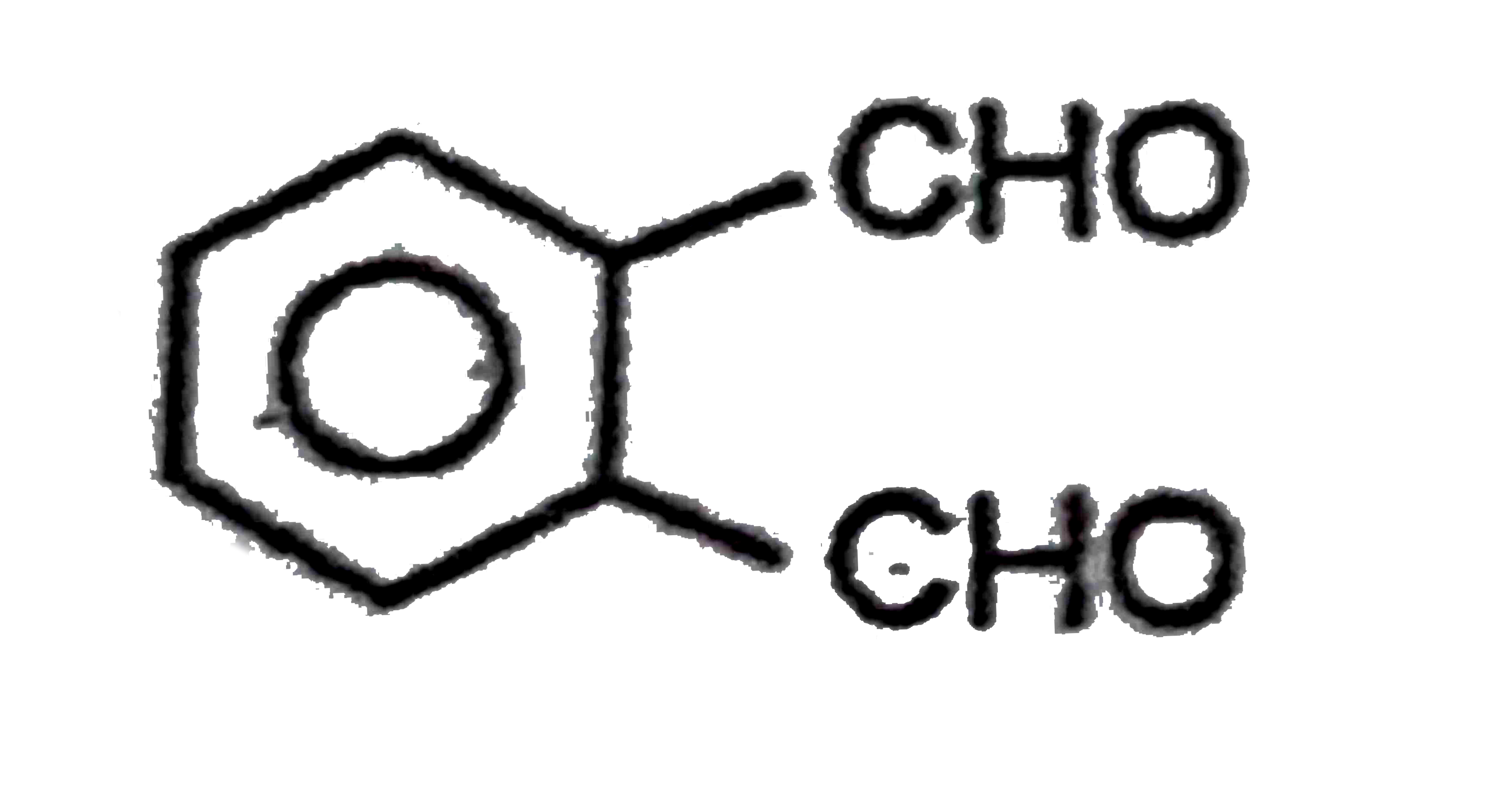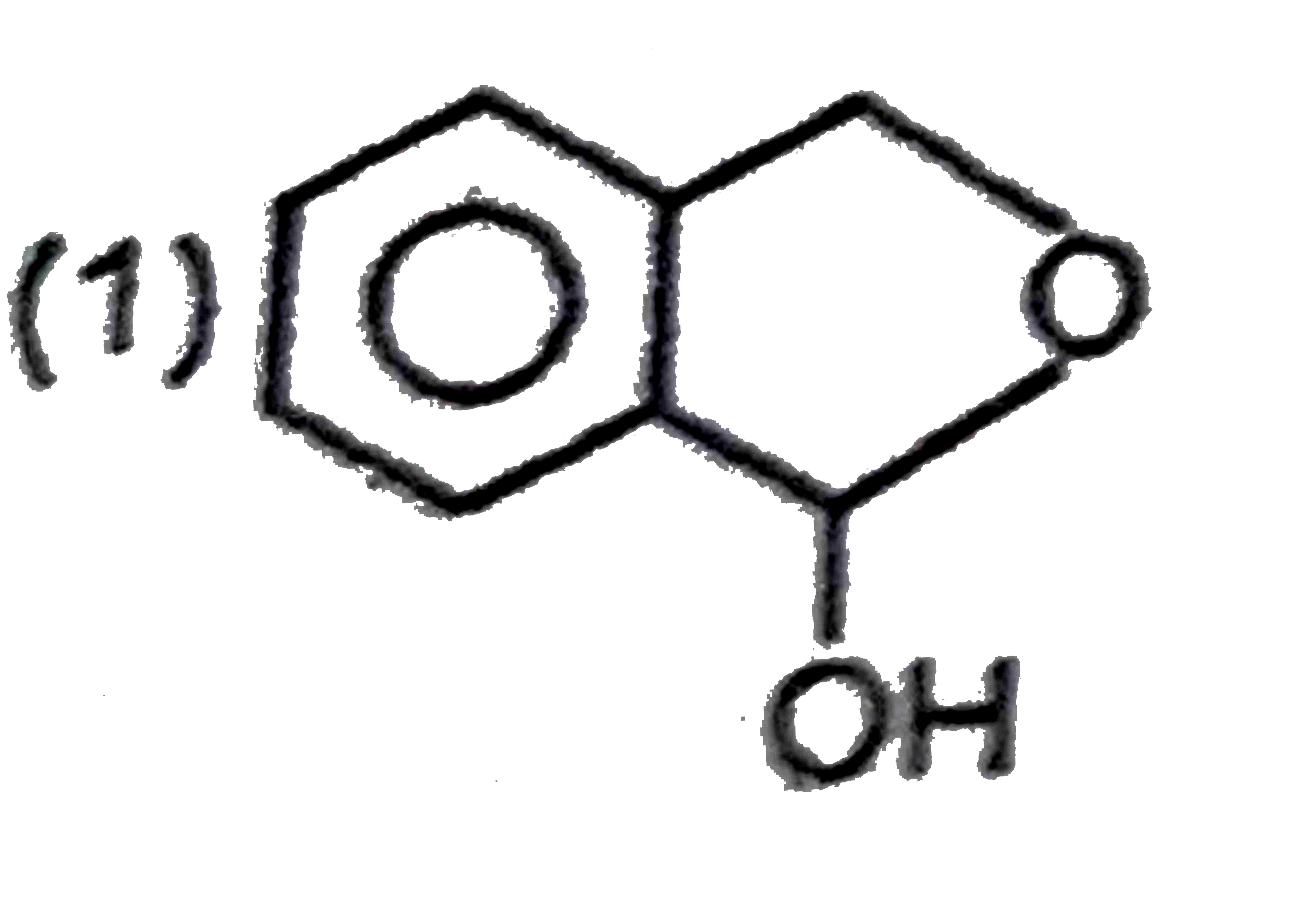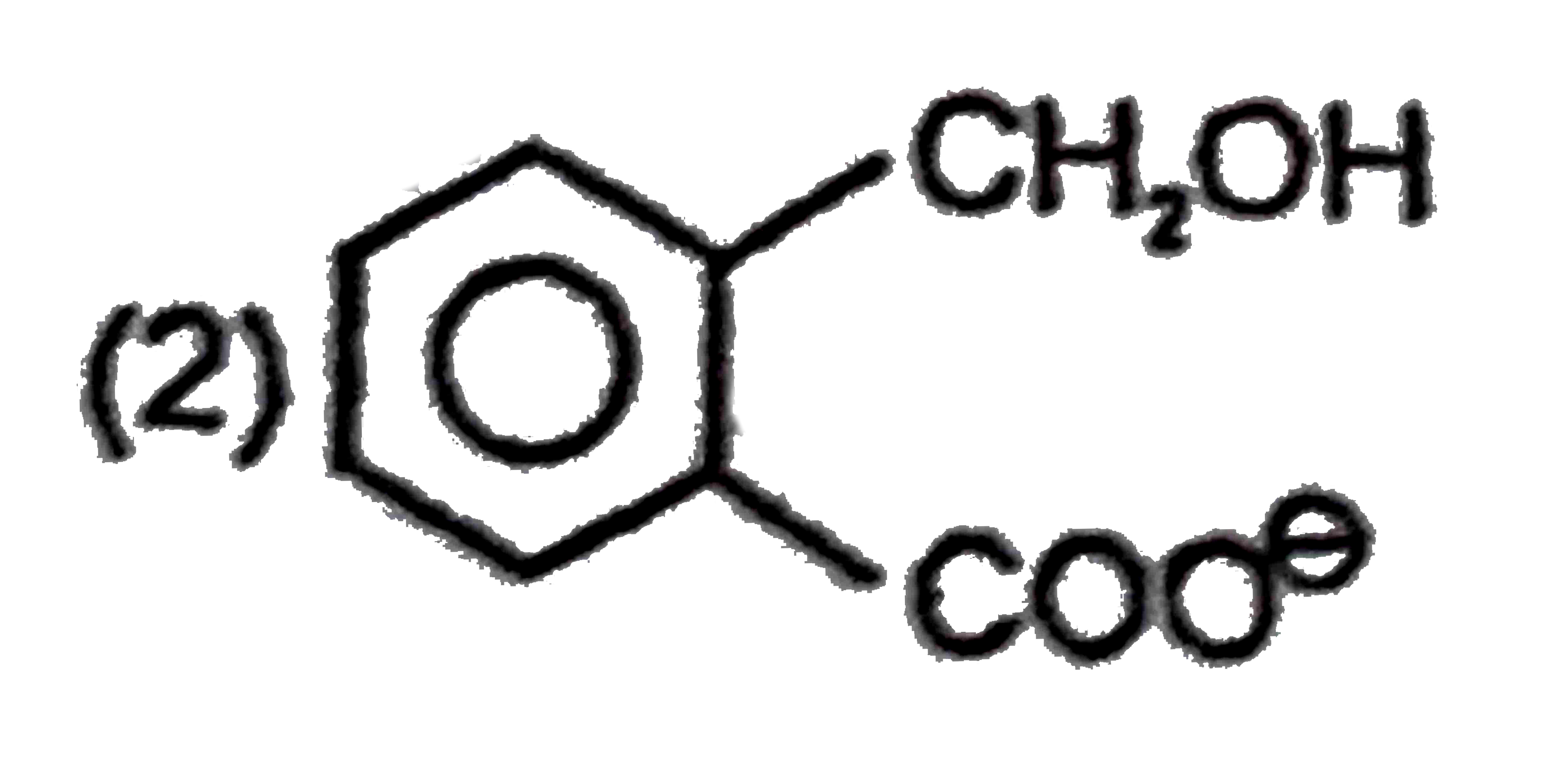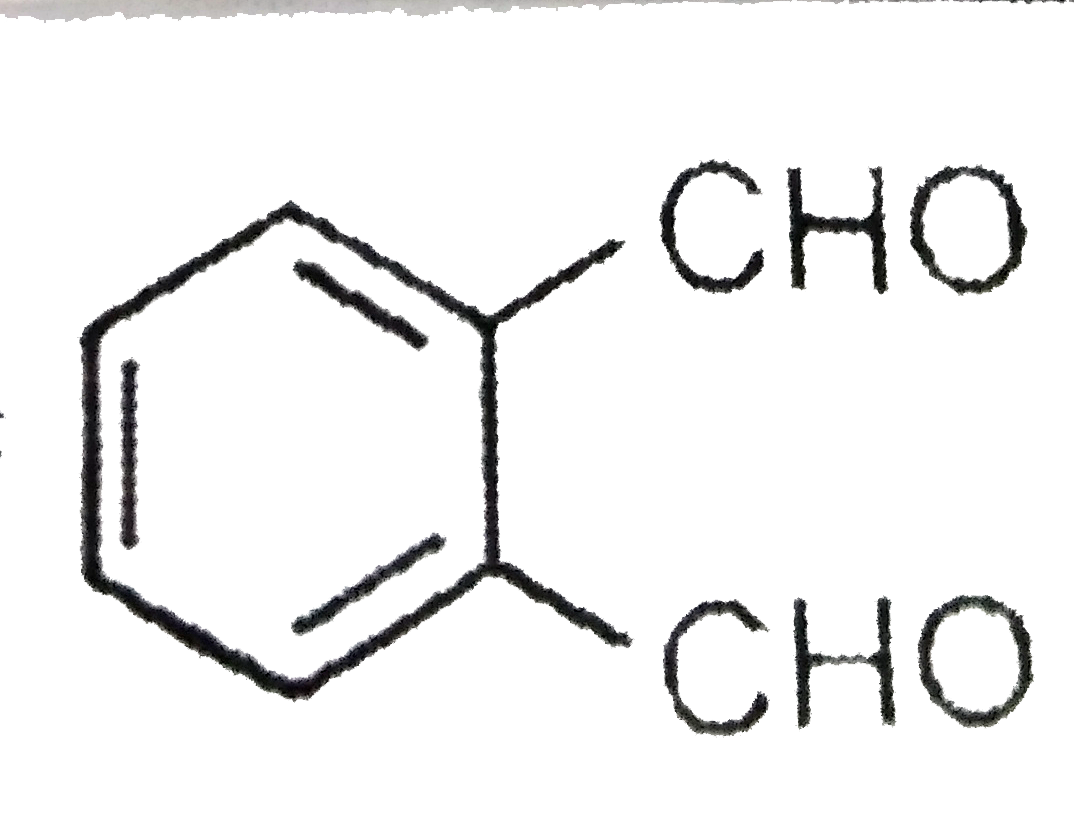Iron is rendered passive by treatment with concentrated :
A
HCl
B
H2SO4
C
Cu
D
Ag
Text Solution
The correct Answer is:D
HNO3 being strong oxiding agent oxidises iron to its oxides (Fe3O4) which forms a thin protective layer over the metal. This makes the iron passive
|
Updated on:21/07/2023
Topper's Solved these Questions
- BOOK - RESONANCECHAPTER - D BLOCK ELEMENTSEXERCISE - EXERCISE-2 PART-IV7videos
D BLOCK ELEMENTS
- BOOK - RESONANCECHAPTER - D BLOCK ELEMENTSEXERCISE - EXERCISE-3 PART-I15videos
D BLOCK ELEMENTS
- BOOK - RESONANCECHAPTER - D BLOCK ELEMENTSEXERCISE - EXERCISE-2 PART-I27videos
D BLOCK ELEMENTS
- BOOK - RESONANCECHAPTER - D & F BLOCK ELEMENTSEXERCISE - INORGANIC CHEMISTRY(d & f- Block Elments)40videos
D & F BLOCK ELEMENTS
- BOOK - RESONANCECHAPTER - DPPEXERCISE - QUESTIONS223videos
DPP
Similar Questions
Knowledge Check
- Question 1 - Select One
Iron is rendered passive by the action of
AConc. H2SO4BConc. H3PO4CConc. HClDConc. HNO3 - Question 2 - Select One
Which fo the following metal is rendered passive by the action of highly concentrated nitric acid (~80%)?
AFeBAlCNiDAll of these - Question 3 - Select One
The treatment of
 with concentrated KOH gives A
with concentrated KOH gives A B
B C
C D
D
Give reason for the following: Iron is rendered passive with fuming nitric acid.
View SolutionGive reasons for the following:
Iron is rendered passive with fuming nitric acid.View SolutionThe treatment of
 with concentrated NaOH gives View Solution
with concentrated NaOH gives View SolutionWhich of the following metals on treatment with concentrated alkali gives hydrogen gas?
View SolutionWhich of the following metals on treatment with concentrated alkali gives hydrogen gas?
View Solution

